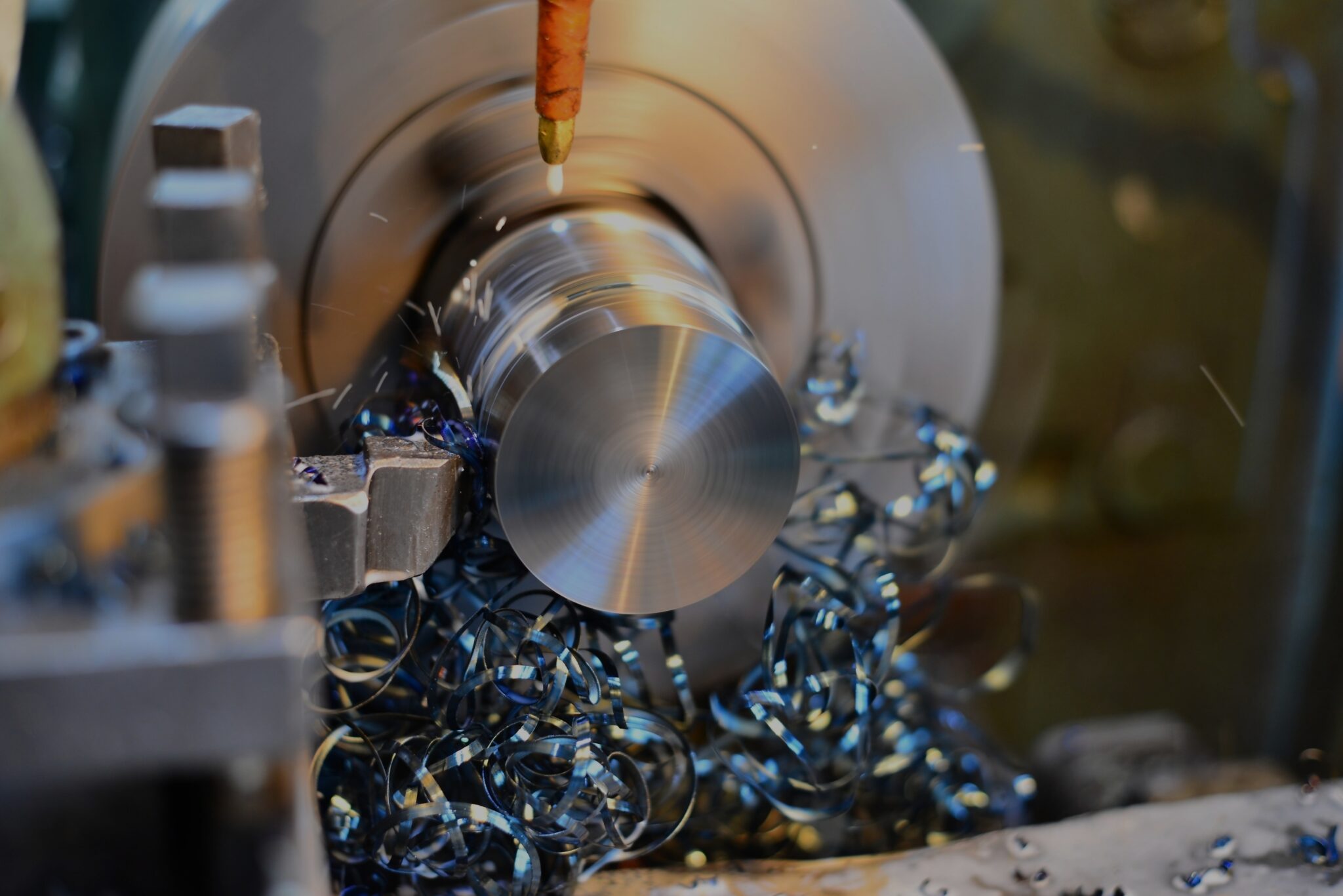

Originally published on fastradius.com on October 19, 2020
Computer Numerical Control (CNC) Machining is a subtractive manufacturing process that allows manufacturers to make precise parts from almost any material, including metals, plastics, composites, and foams. Unlike additive manufacturing, in which parts are built by adding layer upon layer, CNC machining works by gradually chipping away at a solid block of material to create a part. Common applications include a wide variety of prototypes, signage, furniture, and even musical instruments.
CNC machining is a very useful manufacturing process, but product teams should be mindful of the fact that the production times needed for this process can lead to thousands of dollars in sunk costs. The longer a part takes to machine, the more expensive it will be. As such, it greatly benefits engineers to make their CNC machining processes faster and more efficient.
Here are four key ways to accelerate the CNC machining process:
Product teams should begin by examining their entire production process from application discovery to fulfillment to identify opportunities to save time. Fast, efficient manufacturing is as much about buying the latest software or leveraging metrology best practices as it is about optimizing workflows.
Engineers should challenge their product teams to see the waste or inefficiency in their existing processes and empower them to make changes. This can include performing certain tasks in parallel, eliminating handoffs, and increasing intradepartmental communication to reduce rework. When speed and efficiency are top-of-mind for everyone involved in the process, speed and efficiency will become second nature.
Manufacturers and product teams alike know that shortening cycle times is key to speeding up CNC machining. If a manufacturer can shave four seconds off each cycle in a one-thousand piece order, that works out to over an hour saved in production time. Manufacturers typically calculate cycle time by dividing the theoretical amount of machining time by the number of parts made, but that calculation might not be precise enough.
Engineers can calculate cycle times more accurately by using real-time data gathered from IoT sensors. After examining the data and uncovering how fast the machine can really run, engineers might find that they can save precious time by simply reformatting their programs
Old machinery is often inefficient, and manufacturers can critically impede operational speed by neglecting to maintain or upgrade their equipment. However, not all approaches to maintenance are created equal or will facilitate faster CNC machining. For instance, the simplest approach to maintenance is reactive maintenance, in which engineers repair or update a machine only when it breaks and return it to service as soon as possible. It might seem like this approach maximizes machine utilization, but it actually increases downtime.
Predictive maintenance, powered by IoT sensors, is the best way to keep equipment in top shape and minimize downtime due to repairs. Predictive maintenance leverages real-time data to predict defects and failures before they happen, mitigating or completely eliminating time-consuming breakdowns.
A collaborative study from PricewaterhouseCoopers and Mainnovation found that manufacturing companies with predictive maintenance best practices in place extended the lifecycles of their assets by 20% and increased uptime by 9%. Engineers must stay ahead of upgrades to enable faster CNC machining.
Today’s CNC machines are the workhorses of any engineer’s repertoire. They’re specifically designed for high-performance and high-efficiency operations and, in general, are extremely profitable if used frequently.
In this case, maximizing machine utilization is simple — keep all machines running at full capacity. 5-axis CNC machines are best for speeding up processes because they reduce manual part setup time. Plus, 5-axis machines often have larger tool magazines which require less manual tool changeover. They can also improve quality by reducing opportunities for human error while increasing accuracy and repeatability.
CNC machining is already a rapid manufacturing process, but engineers can make a few simple adjustments to their operational processes to make machining faster. Choices such as running machines at full capacity and using IoT devices to inform maintenance decisions and calculate more accurate cycle times helps manufacturers get the most out of their equipment, which, in turn, boosts efficiency, increases product time-to-market, and drives valuable cost-savings.
SyBridge is your one-stop-shop for CNC machining, but we also specialize in additive manufacturing and injection molding services. Our team of designers, engineers, and project managers will streamline every stage of the manufacturing process — from design to prototyping to fulfillment — and offer tips on how to maximize efficiency. Contact us today to get started.
Forget typical cycle times. We're pushing the boundaries of conformal cooling. While traditional approaches deliver…
Forget typical cycle times. We're pushing the boundaries of conformal cooling. While traditional approaches deliver…
From left to right: Brayden Janak (apprentice); Logan Vifaquain (CNC machining, Programming and CMM); Ron…
SyBridge Technologies is proud to announce we have been awarded the 2023 General Motors Supplier…
Today, designers and engineers are accustomed to working with digital tools in their day-to-day jobs.…
Optimizing Your Injection Molding Process for Cost-Effective Manufacturing Excellence In today’s competitive landscape, manufacturers are…